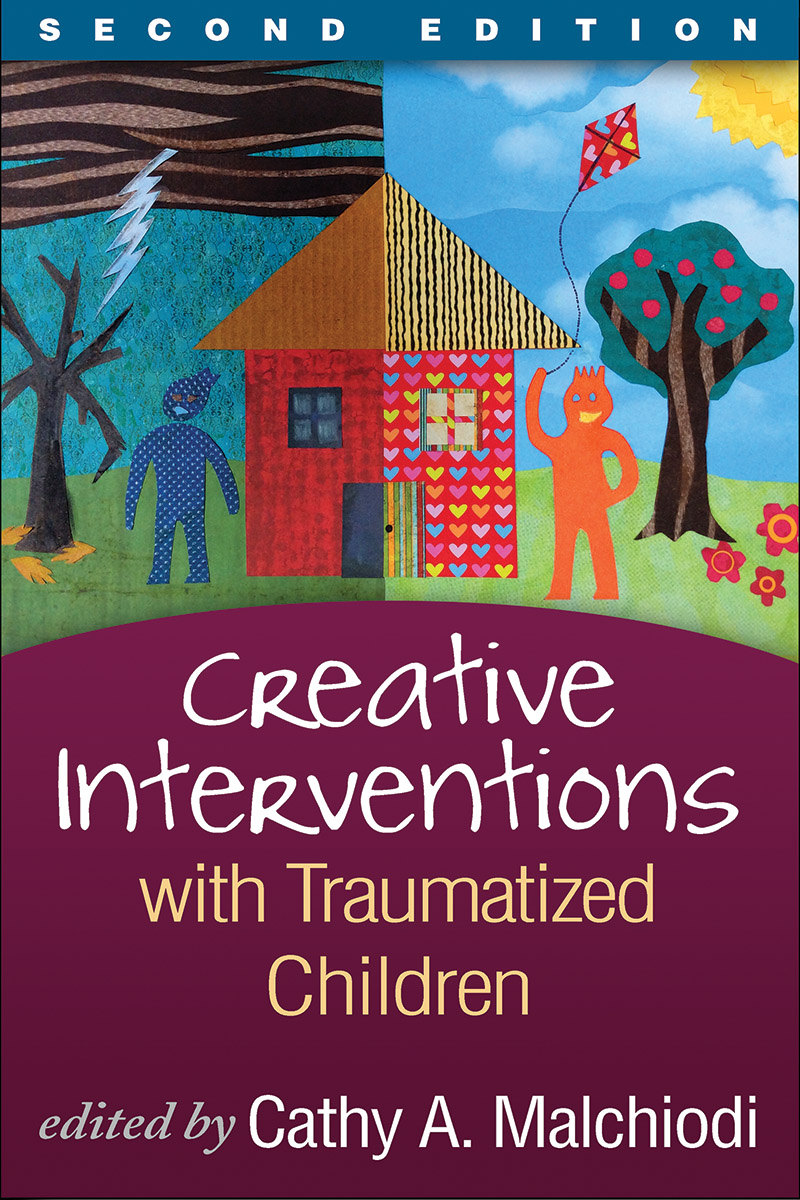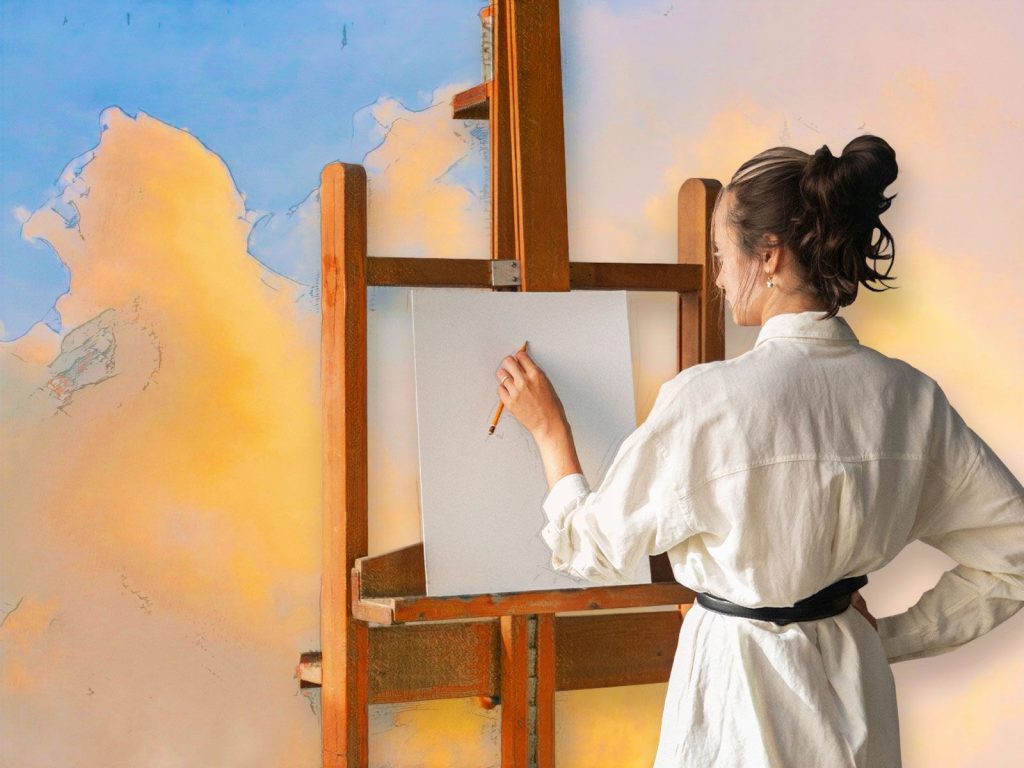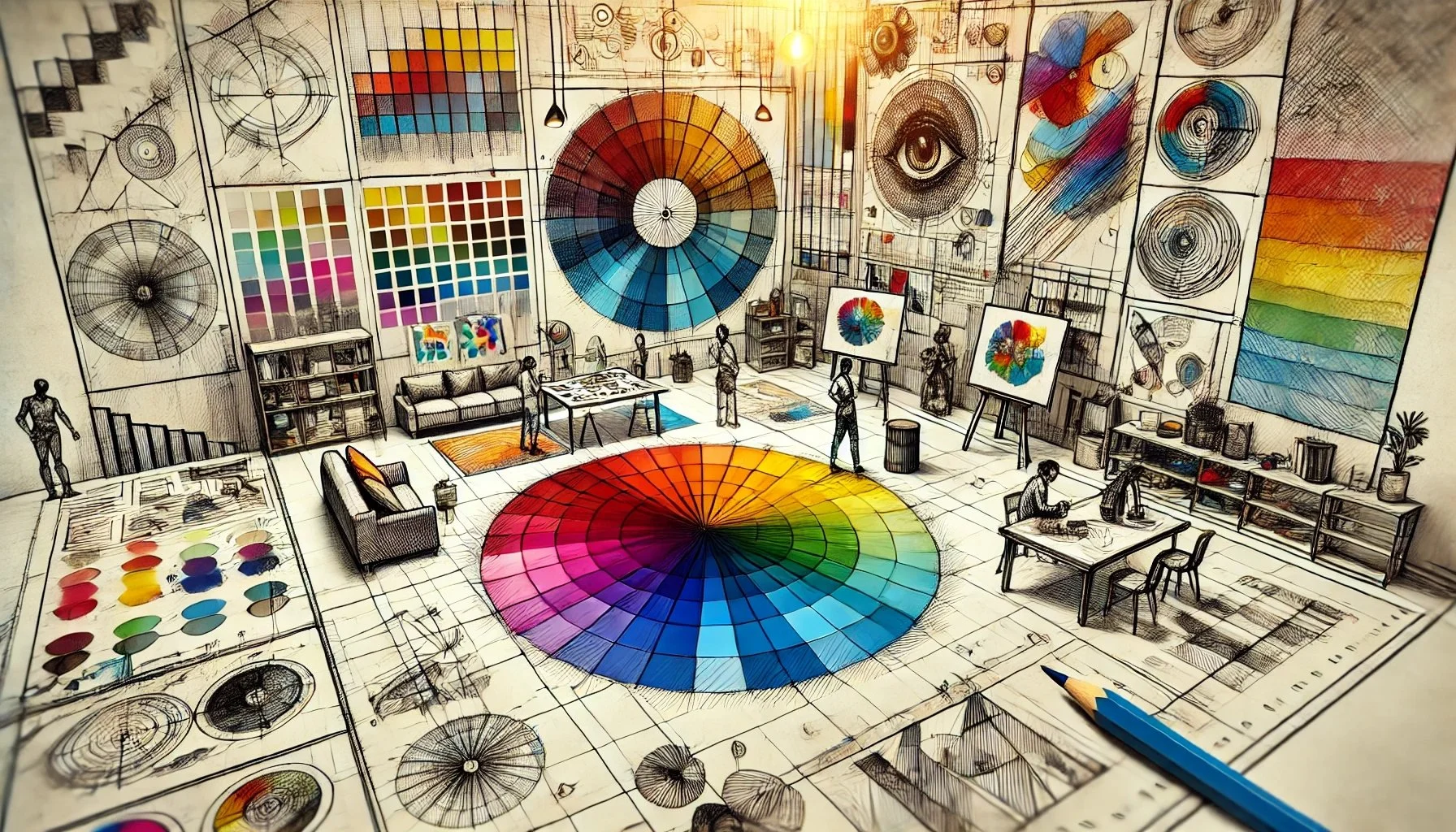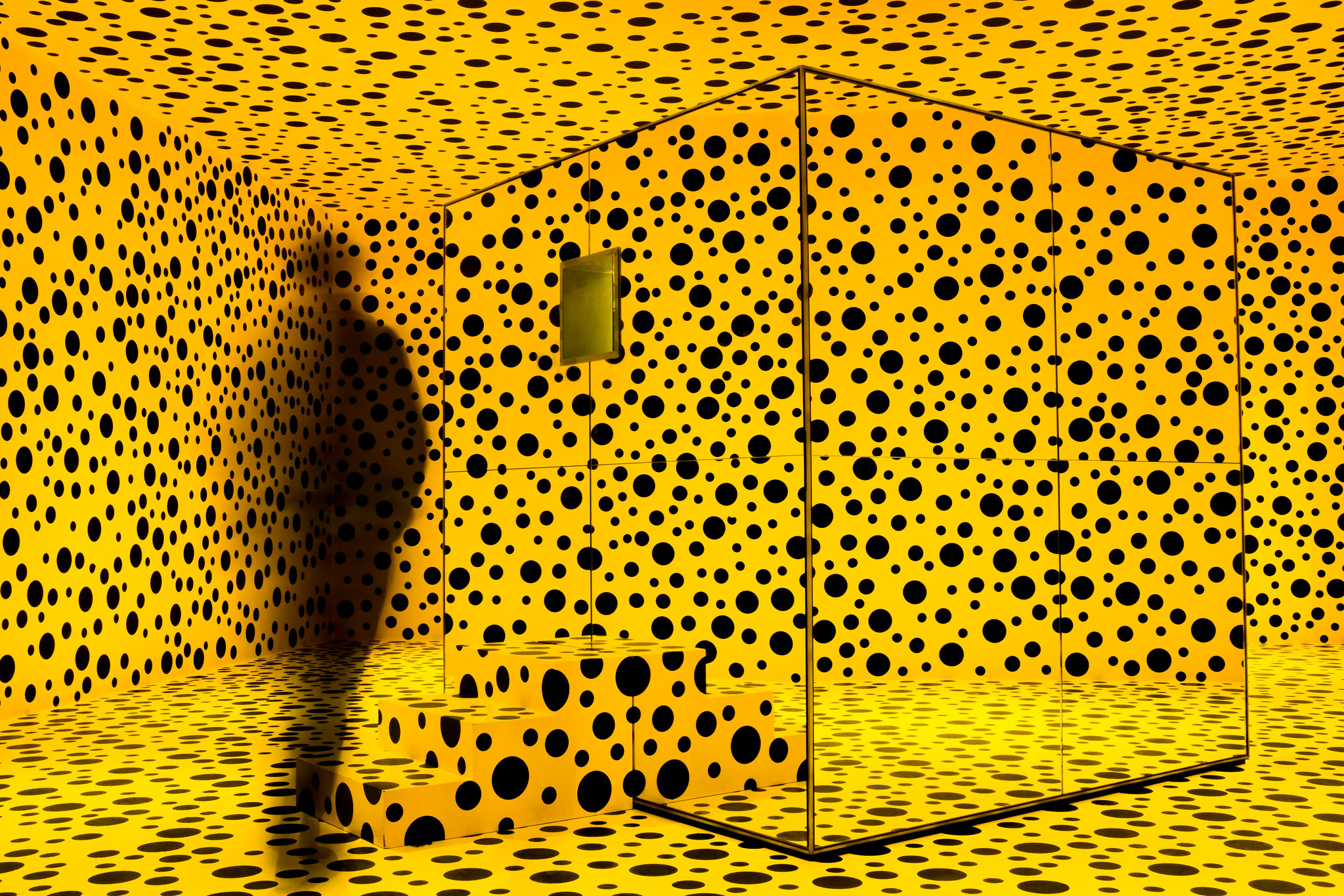Art Therapy: How Creativity Can Aid in Trauma Recovery

The Therapeutic Power of the Creative Process
Art therapy has emerged as a compelling approach to healing, particularly for individuals grappling with trauma. This innovative form of therapy utilizes the creative process to foster emotional expression and self-discovery. In a world where conventional treatments may fall short, art therapy offers a unique avenue for recovery. By enabling clients to use various forms of creative expression such as painting, drawing, sculpting, and even mixed media, art therapy helps individuals manifest their inner turmoil in tangible ways.
The connection between creativity and emotional healing is profound. One of the core principles of art therapy is the understanding that traditional verbal communication may not always suffice in expressing complex feelings. Engaging in artistic endeavors becomes a language of its own. Here are some key elements that illustrate this relationship:
- Expression of Emotions: Art allows individuals to convey feelings that words often fail to capture. For instance, someone who has experienced loss might create a piece depicting a stormy sea, symbolizing their turbulent emotions. This visual representation provides a deeper understanding of their grief, making it easier to discuss during therapy sessions.
- Safe Environment: Creativity provides a non-threatening space for exploration and reflection. Art therapists often emphasize that there is no right or wrong in art; this freedom encourages participants to explore thoughts and emotions without fear of judgment. Through this process, they can confront issues of anxiety or depression in a supportive atmosphere.
- Building Coping Skills: Engaging in artistic activities can strengthen resilience and promote positive coping mechanisms. Young people navigating mental health challenges, for example, may discover that painting or writing poetry serves as a constructive outlet for their frustrations and fears, helping them build healthier strategies to cope with daily stressors.
Numerous studies have shown that art therapy can significantly reduce symptoms of PTSD, anxiety, and depression. In one notable study published in the Journal of the American Art Therapy Association, participants who engaged in art therapy reported a 75% decrease in trauma symptoms. For many in the United States, it serves not just as a method of self-expression but as a pathway to reclaiming their narrative. This is particularly important for marginalized communities where accessing mental health resources may be limited.
As we delve deeper into the world of art therapy, you’ll discover how creativity can profoundly impact trauma recovery. From community programs that integrate art therapy into schools to workshops designed for veterans, the potential for healing through creativity is vast and inviting. Ultimately, art therapy not only nurtures the creative spirit but also offers vital tools for personal growth and recovery, making it a crucial element in the landscape of mental health care.
DISCOVER MORE: Click here to dive into nature photography

Unlocking Healing Through Creative Expression
Art therapy serves as a bridge between pain and healing, providing individuals who have faced trauma an opportunity to engage with their emotions through creative expression. This practice not only enables one to see their trauma from a different perspective, but it also fosters a sense of empowerment and autonomy, crucial elements in the recovery process. In a country where mental health stigma still lingers, art therapy emerges as a progressive approach, offering an alternative to more traditional, talk-based therapies. By tapping into one’s innate creativity, individuals can reclaim their narratives and find solace in the act of creating.
At the heart of art therapy lies the belief that creativity can be a powerful catalyst for change. Here are several ways this therapeutic approach aids in trauma recovery:
- Catalyzing Self-Discovery: Through art, individuals can explore their feelings and thoughts in a non-linear fashion. For example, a client creating an abstract painting may discover hidden emotions associated with their trauma that they weren’t initially aware of. This journey of self-discovery can lead to profound insights and a greater understanding of one’s experience.
- Facilitating Dialogue: Art serves as a crucial talking point during therapy sessions. When discussing a piece of artwork, clients can engage with their therapists in a dialogue that may feel safer than straightforward conversations about their trauma. This indirect approach often leads to richer discussions and deeper connections between the therapist and client.
- Enhancing Mindfulness: Engaging in artistic activities can promote mindfulness and a sense of grounding. Many art therapists incorporate mindfulness techniques alongside creative activities, allowing individuals to become fully present in the moment. This practice can help reduce anxiety and foster a sense of calm, which is particularly beneficial for those dealing with the aftereffects of trauma.
- Creating Community Connections: Art therapy can also be a gateway to community engagement. Group art therapy sessions promote social bonding among participants, allowing individuals to share their experiences and connect with others facing similar challenges. This sense of community can be incredibly healing, reducing feelings of isolation that often accompany trauma.
Research has shown encouraging results in the efficacy of art therapy for various populations, including veterans, survivors of abuse, and children experiencing emotional distress. A comprehensive study in the Journal of Clinical Psychology indicated that individuals participating in art therapy reported significant improvements in their emotional well-being, with many noticing a remarkable difference in coping skills after just a few sessions. Such findings highlight the importance of integrating art therapy into broader mental health care practices across the United States.
As we continue to explore the benefits of art therapy, it is essential to recognize the diverse ways in which creativity aids trauma recovery. Whether through community programs, school initiatives, or veteran support workshops, art therapy is steadily gaining recognition as a vital resource in the journey toward healing and restoration. With its unique blend of therapeutic techniques and artistic expression, art therapy stands out as a beacon of hope for many seeking to navigate their trauma and reclaim their lives.
Art Therapy and Its Empowering Role in Trauma Recovery
Art therapy has emerged as a powerful approach for individuals grappling with the aftermath of trauma. By engaging in creative processes, participants are given the tools to express emotions that are often too complex or painful to articulate through words alone. The visual nature of art allows for an exploration of feelings that may be buried deep, providing a safe space to confront and work through these experiences.
The Healing Connection in Creative Expression
Through activities like painting, drawing, or sculpting, individuals harness their creativity, which not only fosters a sense of accomplishment but also improves their overall mental well-being. This creative outlet serves as a bridge to connect with one’s inner self, helping to build resilience and self-esteem. The act of creating something tangible provides a profound sense of control in an otherwise chaotic world.
| Category | Benefits & Features |
|---|---|
| Emotional Expression | Art therapy facilitates non-verbal communication, allowing individuals to express feelings of grief, anger, and sadness. |
| Self-Discovery | Engaging in creative activities helps reveal hidden emotions and assists in understanding personal experiences. |
These instruments of self-expression empower individuals to reclaim their narrative, fostering a profound sense of hope and healing. As art therapy gains recognition in clinical settings, it becomes an indispensable tool in trauma recovery, encouraging further exploration of its potential benefits in various therapeutic contexts.
DISCOVER MORE: Click here to dive deeper
Transformative Impact of Art Therapy on Mental Health
The transformative impact of art therapy on mental health cannot be overstated. As individuals engage with various artistic mediums, they not only find a creative outlet but also pave the way for personal growth and resilience. By accessing their creativity, those recovering from trauma can reconstruct their narratives and redefine their identities beyond the pain they have endured.
One of the most compelling aspects of art therapy is its capacity to reduce symptoms of PTSD and other trauma-related disorders. Research published in the American Journal of Art Therapy demonstrates that expressive arts interventions significantly decrease anxiety, depression, and PTSD symptoms among participants. The act of creating art can help individuals manage stress and elevate their mood, ultimately encouraging a more positive outlook on life. For example, veterans returning from combat may use sculpting or collage-making to express visceral feelings associated with their experiences, helping them release pent-up emotions in a constructive manner.
Cognitive Processing and Growth are other significant benefits of art therapy. Engaging creatively allows individuals to process their experiences in ways that conventional therapies may not. The brain’s engagement with art bypasses language, tapping into deeper cognitive and emotional pathways. This method can facilitate healing by offering alternative avenues for expression. For instance, a person who has experienced trauma might represent their feelings through colors and shapes in a painting, which may ultimately lead to new insights about their situation that verbal therapy could not reach.
In addition to individual therapy, art therapy is increasingly utilized in educational settings as a way to support student mental health. School-based art therapy programs have emerged nationwide, particularly in areas impacted by high levels of stress, violence, or loss. These interventions are designed to help students articulate feelings they may struggle to express otherwise. A notable example is the Sandy Hook Promise initiative, which promotes social-emotional learning through creative projects in schools across the country, aiming to empower children and place them on a path toward healing.
Moreover, art therapy can be integrated into treatment plans alongside traditional methods like cognitive-behavioral therapy (CBT). This multifaceted approach combines cognitive processing with creative expression, leading to comprehensive trauma recovery programs. For example, practitioners might encourage individuals to engage in art-making during or after CBT sessions, allowing clients to express revelations that might arise during cognitive work. This synergy can solidify understanding while nurturing emotional expression.
As the understanding of the holistic benefits of art therapy continues to grow, collaborations between artists, mental health professionals, and recovery programs are more prevalent. Community art exhibits featuring works created in therapy not only empower participants but also educate the public about the healing properties of art. Such initiatives highlight the personal journeys of trauma survivors while fostering a greater societal understanding of mental health challenges.
Ultimately, the potential of art therapy as a cornerstone of trauma recovery lies in its ability to transform individuals’ narratives, providing a new vocabulary for their experiences. Whether through painting, drawing, or crafting, art reveals deep-seated emotions and paves the way toward emotional resilience and wholeness. As this innovative therapy continues to evolve, it opens doors for countless individuals in the United States and around the world to reclaim their lives in profoundly meaningful ways.
LEARN MORE: Click here to delve deeper
Conclusion: The Unbounded Potential of Art Therapy in Healing Trauma
As we navigate the intricate landscape of trauma recovery, the role of art therapy emerges as a beacon of hope and transformation. This form of therapy empowers individuals to harness their innate creativity, channeling their pain into meaningful forms of expression. The holistic benefits of art therapy not only facilitate healing but also foster resilience, providing a pathway for those affected by trauma to reclaim their narratives and identities.
Research consistently highlights the effectiveness of art therapy in alleviating symptoms of PTSD, anxiety, and depression, making it an indispensable tool in comprehensive treatment plans. The unique capacity of art to bypass verbal communication opens alternative channels for individuals to express visceral emotions and make sense of their experiences. By integrating art therapy into schools and community programs, we are creating environments that support and validate the emotional struggles faced by both youths and adults alike.
As we look to the future, it is essential to further advocate for the recognition and implementation of art therapy across various sectors. Initiatives that bring together mental health professionals, artists, and communities are critical in addressing the stigma surrounding mental health and showcasing the power of creativity in trauma recovery. By continually exploring and investing in these therapeutic avenues, we can promote a greater understanding of trauma, inspiring a society where healing through art becomes a vital resource for everyone.
Art therapy does not solely heal; it enlightens and strengthens the spirit, creating a tapestry of resilience for those on the journey to recovery. Its potential is boundless, inviting us all to explore the intersection of creativity and emotional healing as we strive toward a more empathetic world.


